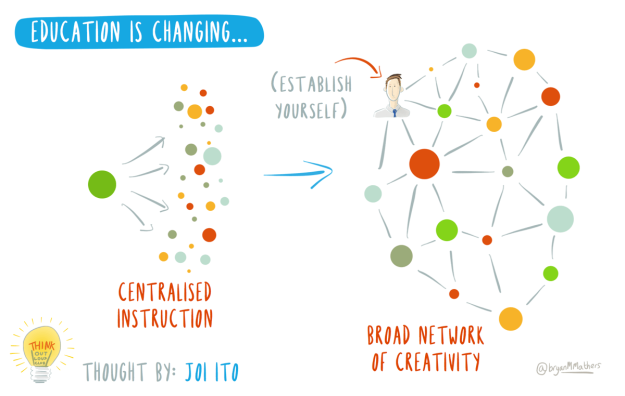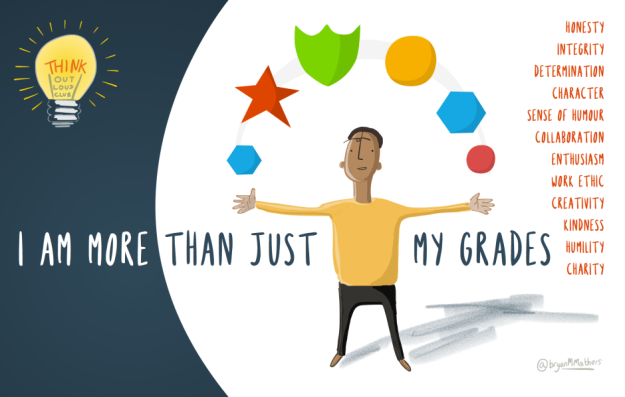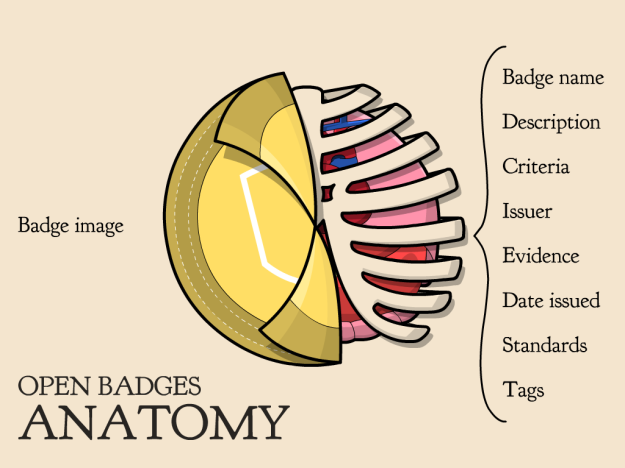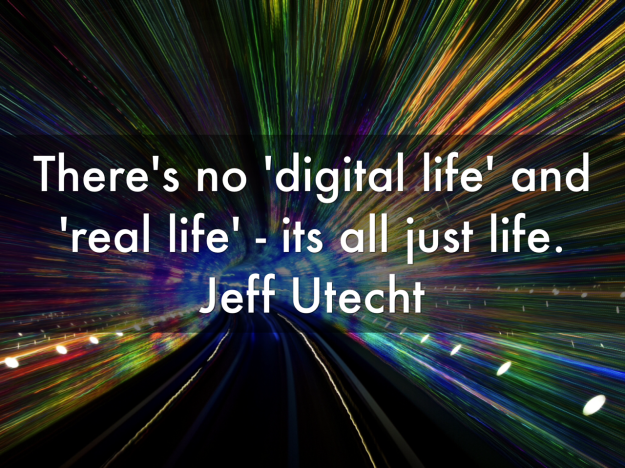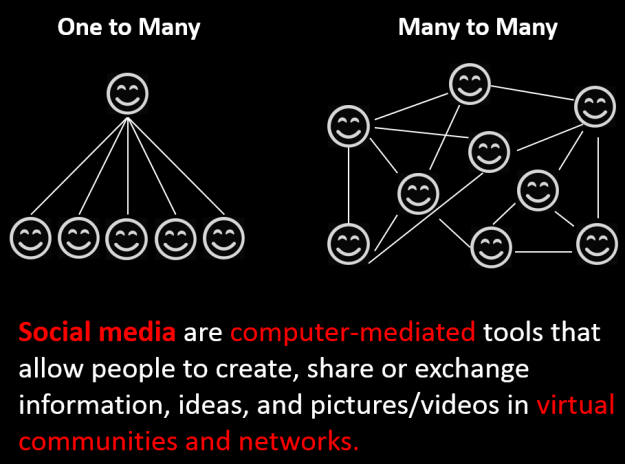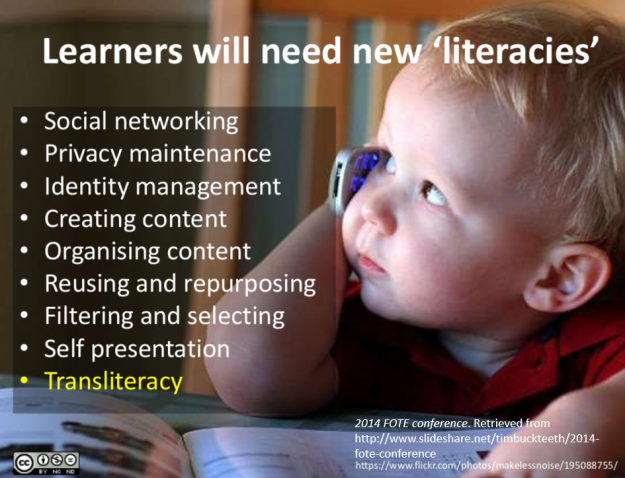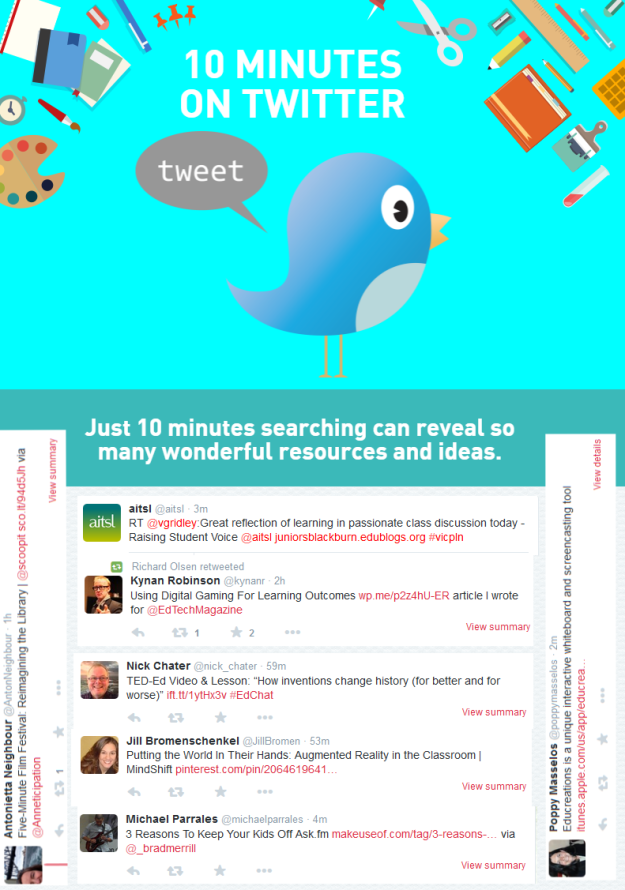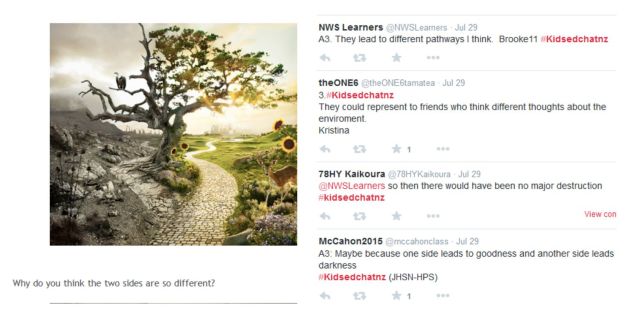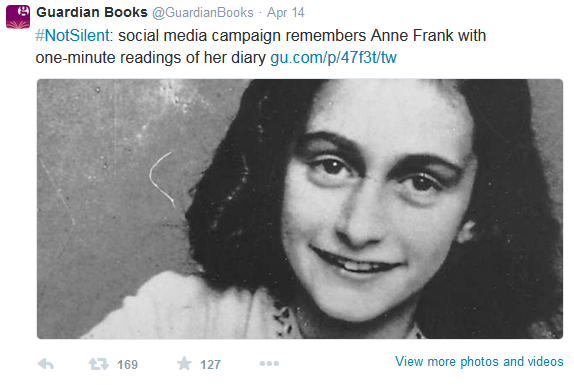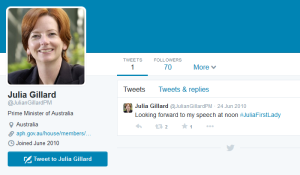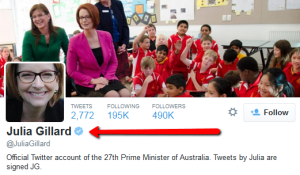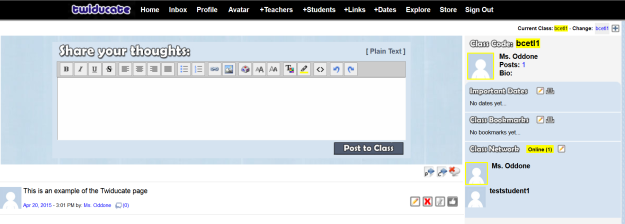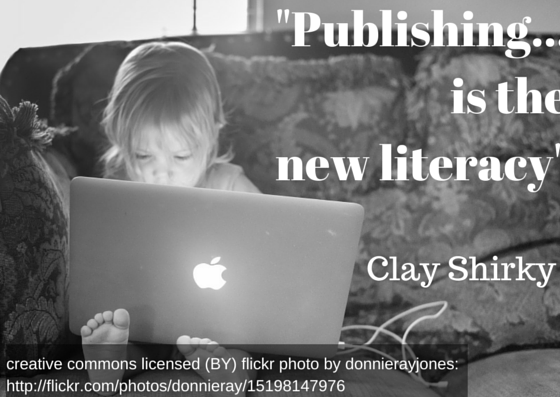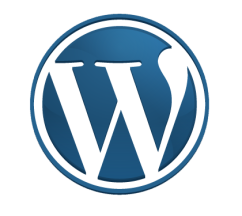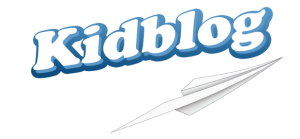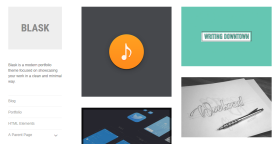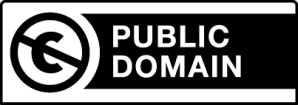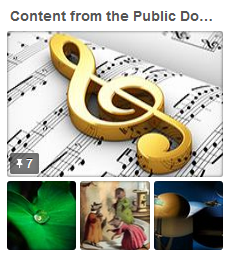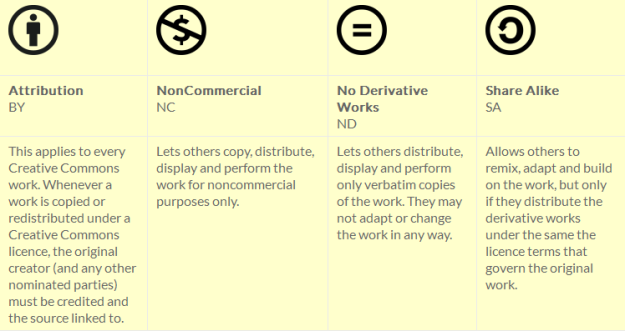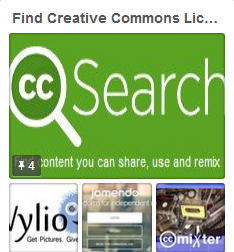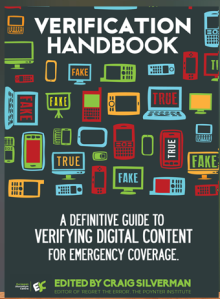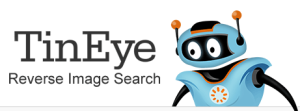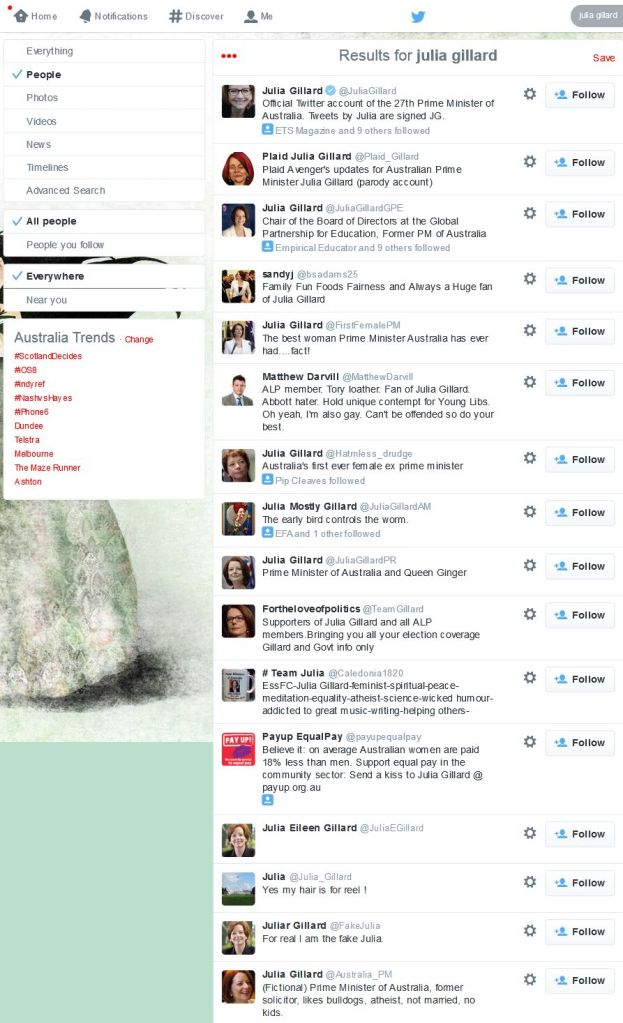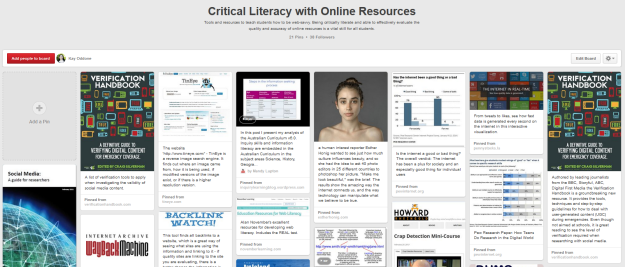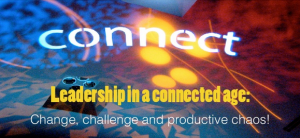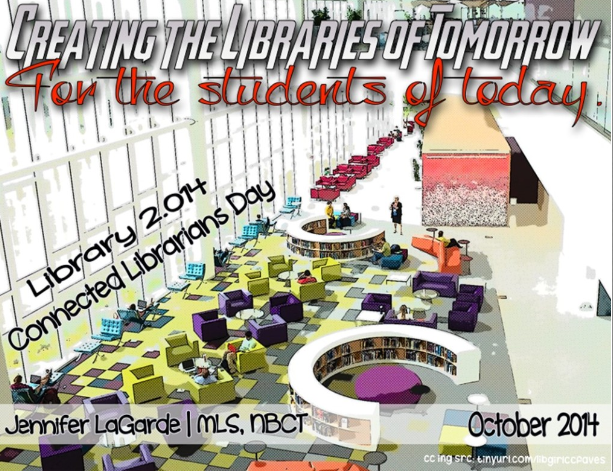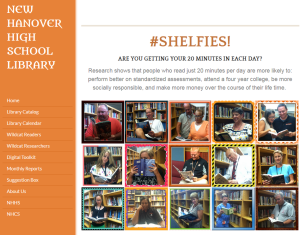It is undeniable that we live in a world of information overload. Check out Internet Live Stats to be truly ‘infowhelmed’!

Just one second of internet traffic….
As busy people, it is often at precisely the wrong time that we find that fascinating article, or when we are looking for something else that we discover a great resource for the future. Keeping track of all of this digital information is important – we all know how quickly our time is sapped away while searching online. Fortunately, there are a number of tools that are easy to use, and which we can use to manage our digital information, so that we can virtually ‘file’ and share with others the quality articles, resources and media to be easily drawn upon again, or to be read at a later, more suitable time.
So how does one ‘curate content’?
Using these tools effectively requires skills in ‘content curation’. Traditionally the term curator refers to someone who looked after objects in a museum exhibition. A new and increasingly popular definition of content curation is the act of selecting and collating digital content, organising it so that it may be better used to meet a particular need. Beth Kanter has an excellent Primer on Content Curation, where she hastens to point out that curation is not simply an aggregation of links; it is a process of strategic collection, where what is left out is just as important as what is included. It is also an editorial process, where context specific knowledge is added the each digital resource, and then delivered via a tool that best suits the needs of the identified audience.
 This sounds more complex than it is. More simply, it means finding quality digital content, evaluating it for a particular purpose, adding extra information for those most likely to use this context within that particular purpose, and sharing it with those users.
This sounds more complex than it is. More simply, it means finding quality digital content, evaluating it for a particular purpose, adding extra information for those most likely to use this context within that particular purpose, and sharing it with those users.
I’m a teacher/student- do I really need to do this stuff?
Content curation has always occurred in schools – resources were always gathered around the topic of teaching, in order to support and extend student understandings. The difference is that in the past, this consisted of gathering ‘hard’ content – books, posters, newspapers, kits etc (and these were usually gathered together by the teacher librarian, the leading content curator in the school). Nowadays, the teacher librarian and teachers not only have access to these resources, but also to a huge range of digital resources – many of which provide fantastic, engaging learning opportunities for today’s students. Content curation enables this huge range of resources to be arranged in a usable, accessible way.
Students too can benefit from learning effective curation skills as being able to quickly and critically evaluate a range of information sources, and then curate these into a meaningful collection is a vital research skill. Content curation is even becoming a study skill which is explicitly taught to students.
Be the best curator you can be – avoid the pitfalls!
One vital difference between curation in the past and dealing with digital content is the sheer amount of information, and the need to avoid filter bubbles and the temptation to simply collect everything. Joyce Seitzinger describes some of the pitfalls to avoid when curating very succinctly, in her presentation, When Educators Become Curators:
 She describes these traits as the following:
She describes these traits as the following:
The Hoarder: a curator who collects everything indiscriminately, who doesn’t organise their content, and doesn’t share – this is really closer to simple aggregation than curation.
The Scrooge: one who, similarly hoards their information – although they may organise their collection, they don’t share either; one of the key purposes of educational content curation!
The Tabloid (or National Enquirer): a collector who indiscriminately collates everything together, and generously shares this aggregation, whether others want/need it or not!
The Robot: a curator who uses tools to shares automatically, with no context related additions or value adding; in this case, the curation is really no better than providing a list of Google search results.
Avoiding these pitfalls is what differentiates the effective content curator from those simply ‘collecting’ content.
It’s all a bit much – are there tools to help me?
The task may seem overwhelming; however, as I mentioned above there are many fantastic tools to make the process streamlined and simply part of the work of the day.
Keep in mind that not everyone will like every tool. That’s why it is important to think about the audience, as well as the type of content you are curating. An example is the choice between Pinterest and Diigo. Both Pinterest and Learnist are very visual in their appearance, and therefore likely to suit younger student groups, groups who are disengaged or those studying very visual learning content, such as Visual Arts studies. However, Pinterest now requires a membership to see full boards; therefore, for younger students (those 13 and under, who should not have their own membership due to COPPA (Children’s Online Privacy Protection Act) requirements), Learnist may be the best tool. For older students however, this may not be a consideration.

The right tool for the right purpose.
Content curation tools and how to use them have been explained countless times online. One of the benefits of content curation is that you don’t re-invent the wheel; you simply share what already exists. With this in mind, I have used a number of tools to curate lists of curation strategies, curation tools and articles on curation, which I share with you below. Click on the images to access these sources.

Links to articles that detail effective content curation strategies as well as how and why educators and students should be digital content curators.

A curated board of tools that are effective and enjoyable tools for curating educational content.
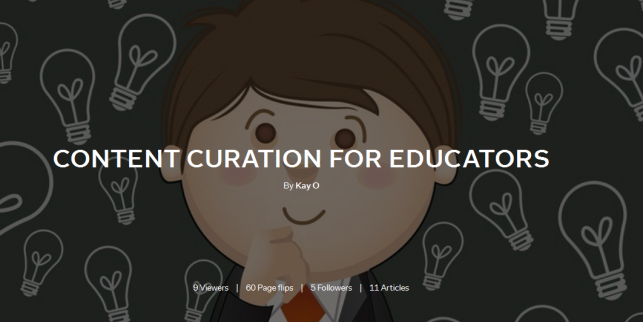
A Flipboard of curated articles and tools for those who enjoy accessing their information using this magazine style app.
I have written in detail on a few curation tools in the past, including Pinterest and Diigo, and published these on my work blog, ResourceLink. Although it may take some trial and error before you find a range of tools you become comfortable with, you can be sure that once you have set up your curation accounts, and start actively selecting from the streams of information you receive, you will be surprised by how quickly you begin to build quality sources of digital content, which will be worthwhile resources for many others to access.
**A Word about Content Curation and Copyright**
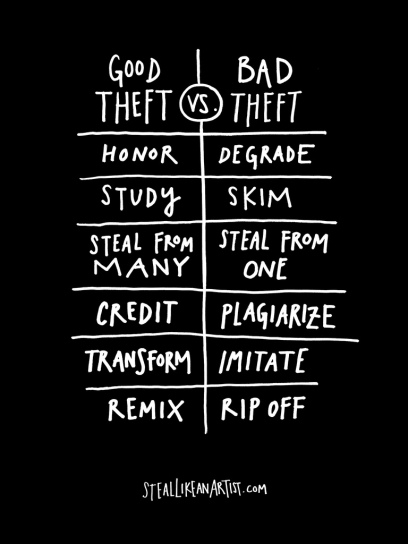 creative commons licensed ( BY-NC-ND ) flickr photo shared by Austin Kleon
creative commons licensed ( BY-NC-ND ) flickr photo shared by Austin Kleon
Although curation is not ‘theft’, all of the tips that Austin Kleon shares in his book ‘Steal like an Artist’, itself a treatise on reusing online content ethically, apply to ethical content curation.
ALWAYS link directly back to the source when curating. This is automatically taken care of when you use a curation tool such as Learnist, however, I believe that it is good practice that if you find a site which references a great idea or image, rather than simply linking to that site, I take the trouble to go back to the original creator’s publication of that idea, and link to there. An example:
A popular blog shares a post about a great resource they have discovered, which is created by a third party. Rather than linking to the blog post when curating the link about the great resource, take the time to go back to the third party’s original post and curate this link. Therefore, the creator gets correct attribution, rather than the blogger who wrote about it.
This is particularly important when curating from pages which include articles like ’10 great tools for x’ – these are aggregations themselves of original work, and not the original creator.
Copyright is all about protecting the income of the creator; therefore, ensure that nothing you publish in a curated list directs users away from the original, particularly if the original is a source of income for that creator. Always ensure that you attribute or reference where you sourced the original content from (again, something most content curation tools do automatically, but good to remember) and wherever possible ensure there is no way that users of your collections might mistake others’ work for your own.
Curating widely from various sources, rather than wholesale replication of others’ work on your own pages is also good practice, not only to avoid the risk of plagiarism but also to ensure you are providing a resource with a breadth of perspectives and information.
Have fun!
Seeing curation as an art is a great way to begin your journey. It takes time to develop the skills, and everyone will approach it differently; at the end, however you will have created something truly unique, and a source of content that others will enjoy and benefit from. Share your experiences in the comments box below!

creative commons licensed ( BY-NC-SA ) flickr photo shared by The Daring Librarian
 I’m moving!
I’m moving!